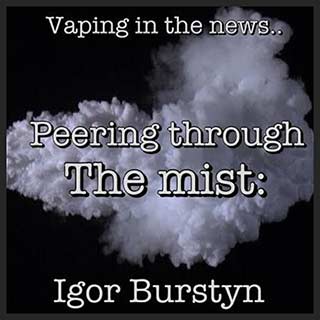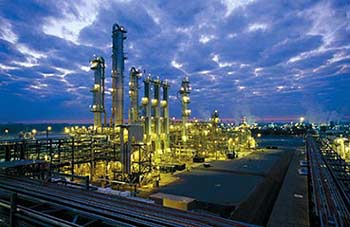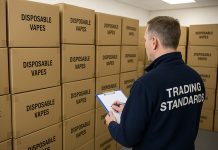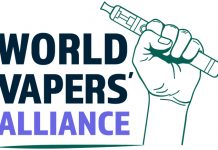In full, the paper produced by Doctor Igor Burstyn, from Drexel University, is called
“Peering through the mist: What does the chemistry of contaminants in electronic cigarettes tell us about health risks?”
 What Burstyn did is what I am doing now, not conducting research but collecting information and then analysing it – only his job was far harder than this as all I am doing is transferring it into an easy to follow guide to his findings.
What Burstyn did is what I am doing now, not conducting research but collecting information and then analysing it – only his job was far harder than this as all I am doing is transferring it into an easy to follow guide to his findings.
Burstyn looked at all of the data regarding the make up of e liquids, its chemistry.
He then compared this to research findings, advisory limits; standards laid down for the exposure to the substances and made assumptions for worst-case scenarios.
This doesn’t mean he was looking for the worst results possible, it means he would assume the vaper was using the device continually and that a high nicotine content juice was used at a high temperature (indicating low ohms or high voltage).
The worst-case scenarios would be encountered in places like chemical production plants.
 He refers to TLV, which is the threshold limit value – the absolute maximum anyone should expose himself or herself to.
He refers to TLV, which is the threshold limit value – the absolute maximum anyone should expose himself or herself to.
In our worst case scenario it is the maximum an employer would legally be able to allow their employee to be exposed to in the chemical plant.
So, we can think of the worst-case scenario as still being considered as a safe level by industry standards, allowing their employee to remain healthy without any adverse effect to their health.
He points out that there is no industry standard for the inhalation of nicotine, as no job would require it. Consequently he is only looking at the other chemicals that go into the lungs along with the nicotine.
Moreover, he points out that users of nicotine self-dose to their required level either through the duration of daily vaping or through selecting nicotine content in the liquid.
He made the following assumptions:
- That a vaper breathes in a small volume of vapour along with a large quantity of air
- That the amount of vapour inhaled is minute compared to the volume of air breathed in
- That the vaper would vape for eight hours
- That the vaper would take 150 individual puffs during this eight hour period
- That eight litres of air would be breathed in every minute
- That each time the vaper used the device they would obtain an equal amount of vapour containing the same level of parts
Of real interest is what came up from his research with regards the comments you hear along the lines of “We don’t know what’s in them”.
Burstyn discovered over 9,000 studies of the chemicals contained within e-liquid.
Which brings us to his results and conclusions.

He goes on to say that all constituent levels are well below the TLVs for those parts.
He also says that there is no cause for concern over the production or levels of acrolein or formaldehyde.
He states that the level of tobacco nitrosamines are in such trace quantities that they do not pose any threat to health and imply no real risk for cancer.
He also believes that levels of metals are at such small levels too that they to pose no harm whatsoever and those claiming they do are exaggerating their findings.
He suggests further research into the vaping of PG and VG in the quantities that vapers do, as this is a new area for research.
Burstyn also recommends the creation of a machine to replicate the action of vaping so that the vape can be studied in more detail to identify compounds present.
Sources:
• Peering Through the Mist Study PDF





